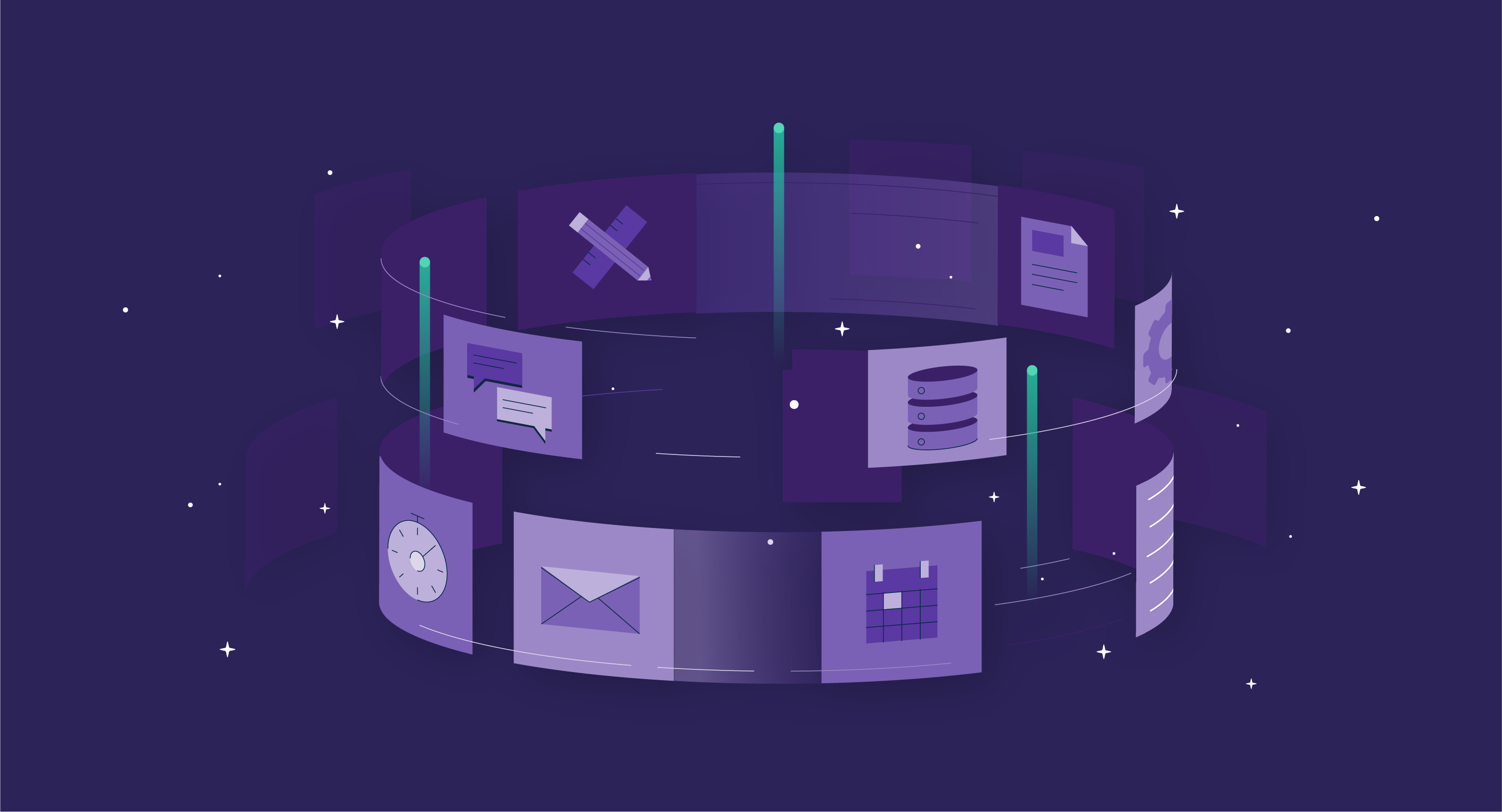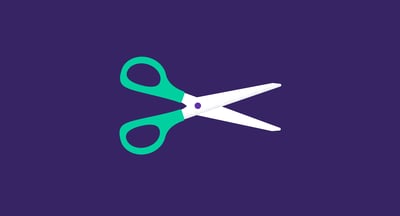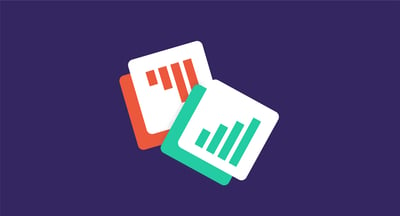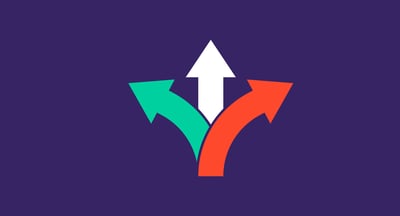May 4, 2023
 by Rachel Ramsey
by Rachel Ramsey

Last week’s G2 Track webinar focused on solutions around epic vendor management projects and challenges.
Moderated by G2’s Chief Product Office, Sara Rossio, our live chat included internal G2 experts:
Together, our all-star panel tackled the epic vendor management project — with great advice on using the right SaaS vendor management tools and information - for other IT and finance leaders like themselves.
The conversation included:
With that, let’s get started with some context as Sara Rossio explained it.
Moderator Sara started off by saying something that everyone knows: “G2 is the place to go for software.”
But she then explained something you may not know.
Right now, G2 covers has over two million reviews covering about 2100 software categories including more than 150,000 different products and services. “An amazing amount of buyers come to learn about software,” Sara continues,” and all this review data becomes the basis of G2 Track.”
How? Because of the extensive G2 SaaS product taxonomy, only the G2 Track SaaS management can correctly identify all tools in the stack. No other SaaS or vendor management platform available can do this.
To get webinar participants on the same page, Sara gave a short, but important G2 Track overview. She described the tool’s following four pillars:
Sara then rightfully asserted, “For companies all around the world, this is a challenge.”
She went on to show some frightening statistics that every IT and all finance leader should know. According to G2 Track’s data:
“When you’re negotiating your next software contract,” Sara said, “You need to be armed with the right information.”
Teams across the business – in all organizations- are being asked to do more with less.
One place to look is in your IT department and software stack. There are clearly opportunities to analyze software use, consolidate where possible, and ensure contracts and renewals are negotiated with intelligence – which is why this great vendor management project is so important.
At this point, Sara turned to panelists to hear how they are doing more with less.
First up was Michael Quirk, G2’s VP of Information Security. He said that he and his team are pursuing a policy of “smart growth.” As he elaborated, his team is “rightsizing and making sure people like the software they’re using.”
Quirk, as he’s known around G2, also wants to know if a tool is enough, especially when there’s overlapping functionality, and that his team is onboarding and offboarding efficiently to make sure the company is effectively using all software licenses.
As the VP of Information Security says, “Utilization is key here at G2.”
This, of course, leads up to the lifecycle of these vendors. And for this, the discussion turned to finance.
Joe Stuckel, the panel’s VP of Finance, says, “It goes back to smart growth. We want to grow and do that efficiently without burning a lot of cash. We want to give people the tools they need and want to do their jobs, but in the smartest and most efficient way possible.”
Now for the IT angle, Mitch Osborne expressed, “It’s always the same challenge, but there’s more pressure now.”
The Manager of Business Systems & Rev Ops said that he likes to use the data from employee sentiment in G2 Track to find savings. We’re trying to minimize the number of tools, find more ways to be a more efficient go-to market-engine and to do this, you first must understand how your business uses those tools.
Next, the discussion dove deeper into solutions to managing your epic project of vendor management.
Sara probed the panel with “How are you managing software, users, licenses, and renewals today? Is there any low hanging fruit to provide advice to others?”
Mitch first entered the conversion with “You have licenses that are not being used.”
He then elaborated that during G2’s hypergrowth, headcount expectations had to be adjusted. Now that G2 is in a period of smart growth, it still need to get adjusted. Thus, contracts need to be rightsized along with the headcount.
Next, Quirk spoke to build on what Mitch is saying. He said that it’s important to find some answer to key questions like:
Quirk said, “It’s all about visibility of use and of access. It’s all about forecasting needs to assess whether you should sign a single year or multi-year contract. Some apps are better as single year and others, we’ll sign multi-year contracts. Data from G2 Track helps us determine whether we should sign a multi-year contract for greater savings.”
He also went on to suggest you understand HR’s headcount forecasting.
Quirk goes on about the need to make sure HR is accurately forecasting. To him, one of the ways he’s applying smart growth thinking is to hedge with multiyear contracts to better forecast future needs to get better pricing. This helps optimize the cost efficiencies that the business needs.
Joe, the VP of Finance agreed, and said, “I look at license usage and feature overlap – I like to make sure we keep an eye on these things to optimize both.”
About 15 minutes into the webinar, discussion on the epic vendor management project evolved to compliance. It touched on how this big vendor management task fits into compliance, as asset management and inventory is one small part of it.
Quirk started first by stating that, “This is a challenge for everyone, for every IT person. And again, it’s all about visibility.”
He then continued by suggesting that you ask yourself: Do you have a good line of sight into my software inventory and how does it play into my third-party management program?
“Since privacy is a big thing here at G2- PII” Quirk continued, “We need to know where data flows into all those different SaaS apps. Without a good line of sight into how SaaS and data is being consumed in different apps, it’s very hard to maintain a high compliance posture.”
Quirk went on to say, “G2 Track does all that for us. It gives us visibility into who is using our software, how they’re using it, as well as marry third-party vendor documentation like SOC2 reports and artifacts. I like that ease of use for our compliance team.”
Sara, the moderator, then probed, “How often do you find new software?”
The answer will blow your mind.
Quirk said, “We find new software on a weekly basis. SaaS solves problems and a lot of times that problems are specific and immediate. It’s that balance between productivity and security. We want our users to quickly solve those problems, but we need to maintain our compliance.”
“Since there’s such a delicate balance,” Quirk said, “a software tool is the best way to maintain that balance.”
Joe, the VP of Finance, completed this portion of the webinar with adding, “Yes, compliance and ensuring it, there are financial repercussions if it’s not ensured. Knowing this is done is good for peace of mind for finance.”
About 20 minutes into the webinar, the discussion turned to how to ease the IT and finance SaaS purchasing log jam that can arise in SaaS-intensive organizations.
If you’re like G2 and operate using hundreds of SaaS apps, centralizing IT renewals and purchases can impact business productivity. Thus, to get a good handle on the epic vendor management project, you can task business functions with negotiating SaaS contracts.
Sara asked about Mitch’s experience in this role, potential vendor management pitfalls, and suggested improvements.
Mitch, who is responsible for the Revenue Operations tech stack, told us about three main vendor management project pitfalls:
He went on to discuss his solutions to them.
To get feedback, Mitch recommends implementing user surveys and then getting on a call to learn more.
He also suggests taking the time to stay up to date on software and feature releases.
After all, Mitch contends, “if you’re not paying attention, you can miss out on some great value that your team could be taking advantage of. Keep an eye out for those feature updates and most SaaS vendors do a great job on keeping you updated.”
Mitch says to make sure you know the market and learn from peers (organizations similar in size and industry). The manager who is responsible for the revenue operations tech stack went on to say,
Mitch went further to say “I work really hard on keeping our vendor relationships strong and someone getting in the middle of it can muddy the waters. With G2 Track Purchase Report, you can confidently give ownership, including purchasing and renewal negotiations, downstream to your SMEs like me.”
At this point, to make sure the audience understood what he was talking about, Sara asked Mitch to describe G2 Track Purchase Reports.
Mitch described G2 Track Purchase Reports as a collection of information around a piece of software. It’s a report that gives you information about a SaaS tool like:
He continued to go into detail of what he does with his G2 Track Purchase Reports. “With this data, you can have powerful conversations with vendors because no one can pull the wool over your eyes,”
The best part according to Mitch is, “With that data at your fingertips. It’s been very powerful for me because I’ve used it myself to secure thousands in savings. With this data, the vendor can’t push back because you already know what others in your user count range pay.”
Sara mentioned some other things about G2 Track Purchase Reports. For example, she noted that data comes from reviews from actual users for a SaaS tool like:
Quirk, the VP of Information Security, agrees.
In addition, he finds G2 Track Purchase Reports to be very empowering to teams. He says it’s especially true for people in finance or for people who aren’t used to buying software or negotiating contracts. G2 Track Purchase Reports give you a good solid foundation of what we should expect when it comes to pricing.
Quirk also adds, “G2 Track Purchase Reports empower our folks to have pricing and negotiating conversations. It avoids having to centralize those tasks to finance, which is important when you have a big tech stack.”
The panel did a great job of informing the audience on how they manage vendors. The major advice is to improve visibility to know what employers are using, and how they’re using it.
From a finance perspective, visibility allows you to uncover savings. You can save a lot of money, especially if you’re willing to spend the time with G2 Track Purchase Reports.
To round out the panel’s advice, they suggest organizations to get visibility around hidden costs. In addition to features and functions, consider the total picture related to a SaaS tool:
There’s a cost to switching, so make sure you know the total cost, not just the total cost of license fees.
In closing, implement just some of this expert panel’s advice and your epic vendor management project will be on its way to being solved.
Want to know more about G2 Track or G2 Track Purchase Reports? Click here to watch the webinar on how to tame your epic vendor management project or here to get a demo.
Rachel is the Marketing Director at G2 Track - G2's SaaS Management Platform - designed to help IT and Finance leaders better manage and optimize their SaaS stack.
On June 11, G2 co-founder Tim Handorf sat down with G2 Track customers for The COVID Consult:...
 by Mara Calvello
by Mara Calvello
Everyone wants to believe that when the economy, and businesses as a whole, are on an upswing,...
 by Mara Calvello
by Mara Calvello
There are certain things in life that are critical to making it through the day in one piece.
 by Mara Calvello
by Mara Calvello
On June 11, G2 co-founder Tim Handorf sat down with G2 Track customers for The COVID Consult:...
 by Mara Calvello
by Mara Calvello
Everyone wants to believe that when the economy, and businesses as a whole, are on an upswing,...
 by Mara Calvello
by Mara Calvello


